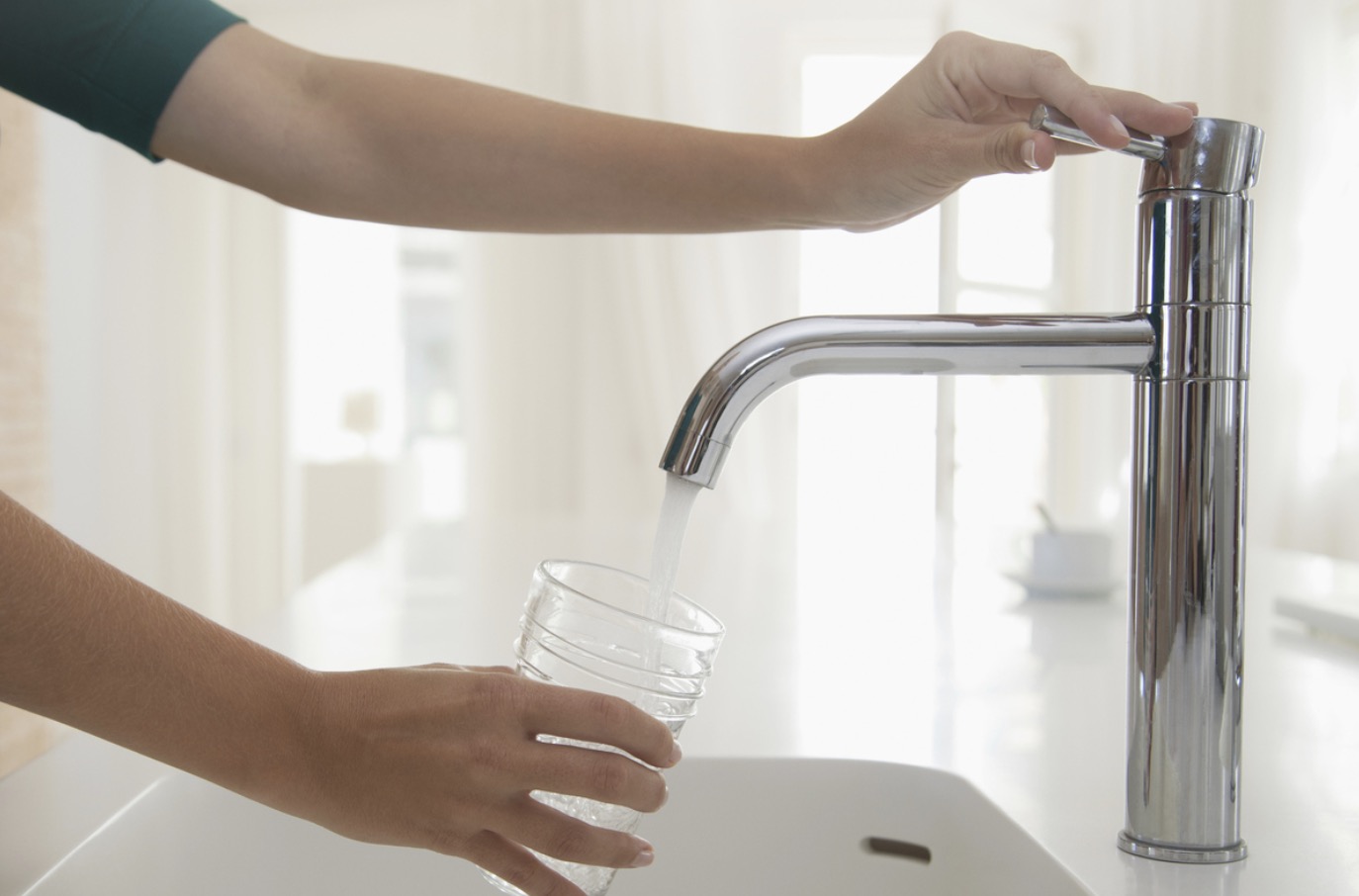How to Filter Contaminated Water.
Once upon a time, the water available in nature was pure – free from all sorts of contaminants and rich in all essential minerals. But nowadays, due to a rise in pollution, pure natural water has become a rarity.
Local water treatment facilities do a good job, but the water that is supplied to our homes is can be full of pollutants such as pesticides, chlorine, bacteria, cysts etc.
Checking for Water Contamination
Here’s a few characteristics you might notice if you have unhealthy drinking water.
Taste-and Odor-Causing Contaminants
If your tap water smells or tastes bad, there’s little doubt that you would benefit from home water purifiers. Municipal water often smells of chlorine, which is used to treat the water. Well water, which is dependent upon many local conditions affecting the water supply, also may smell bad. In home water purifiers often treat these conditions by using granular activated carbon (GAC), a substance that absorbs contaminants that would otherwise cause offensive tastes and odors.
Rust or Sediment
You may notice visible particles in your water. Sediment can collect in the bottom of your dishwasher or commode, for example. Larger particles may collect behind the screens of your faucet aerator. Smaller particles may collect at the bottom of a glass of water that sits for a time. Rust and sediment are easily collected by particulate filters. Home water purifiers are easy to install and protect not only your drinking water, but also your appliances, such as refrigerators and ice makers.
Bacteria / Parasites
If your home relies on well water, your tap water is more likely to be contaminated by some type of bacteria or parasites. Most bacteria and parasites occur naturally in clear home water supplies. Others are the result of water-supply contamination by sewage or wastes. Some bacteria and parasites affect the taste and smell of the water, but others don’t and will go unnoticed.
Cysts, such as Cryptosporidium and Giardia, are particularly hearty parasites and have been known to contaminate even chlorinated municipal in home water supplies. They can cause illness and are a serious hazard to the young, elderly or those with immune deficiencies. Home water purifiers are available with various filter cartridges, which are effective against many of these contaminants.
Any of these examples can be harmful in the long or short term.
To make sure that the water you drink is safe and contamination-free, every home should have its own water filter system. Many solutions are affordable for every day consumers.
Here are the three main types of water purification processes available for home water filtration.
Filter Contaminated Water for Drinking
1. Reverse Osmosis
Reverse osmosis water filter systems (aka: ro systems) work by forcing a huge amount of water to pass through a fine semi-permeable porous membrane. The water molecules being smaller than the size of these pores, rush through this membrane leaving behind any contaminants which are larger in size.
Today’s RO systems are super efficient – they help produce clean and pollutant-free water but the basic problem with these filters is that they remove everything from the water- even the essential minerals found in the natural water. These minerals are magnesium which helps strengthens your immune system; calcium which helps in increasing the strength of teeth and bones etc.
Consuming water that is lacking in these minerals can cause digestive problems and later result into mineral deficiencies as well.
2. Mineral Revitalization
The water filters based on mineral revitalization are actually one step addition to the water purification process used in reverse osmosis. These filters have an extra unit attached to a RO based water filter and are primarily designed to take care of the problem of RO based water filters.
First the RO filter strips out everything from the water (the contaminants and minerals), and then the extra unit used in these filters, artificially adds the minerals back into the water. This helps in retaining the natural taste and odor of the water.
3. Ion exchange and carbon filtration
These water purifiers are generally equipped with two filters and have two stages processing of the water. First stage uses ion exchange technique to remove chlorine from the water. It also enhances the pH balance in the water. The second filtration stage uses carbon filtration technique to remove all chemical and synthetic contaminants.
It also removes all by-products of chlorine like Trihalomethanes (THMs), Volatile Organic Chemicals (VOC’s) which are toxic vapors and have adverse effects even if inhaled or absorbed in the skin. These multi stage water filters are the best water purification process which removes all type of organic and synthetic impurities from the water while retaining the essential minerals at the same time.
How to Filter Contaminated Water for Drinking
It’s no longer reasonable to assume that your local water supply is 100% healthy.
Many people are looking to bottled water as an alternative to tap water, but that’s an expensive solution that won’t last. The better solution is to buy a good water filter system – whether it an under sink ro system, a water filter pitcher or water cooler dispenser. For the longterm I highly suggest a reverse osmosis filter. They are easy to install and a top-of-the-line model can be purchased for under $200.
The mistake most people make is to buy home water purifiers without first learning what’s in their water. Before you go out and buy a home water purification system you need to know the type of filter you are looking for and the contaminants you are trying to prevent.
By knowing what’s in your water and setting your goals you can avoid the confusion.
Related Links:
Water Filter FAQ
Best Undersink RO Systems
Table of Contents
